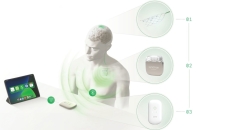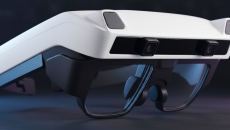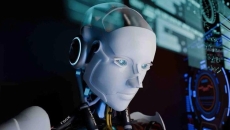Emerging Technologies
The company will use the funds to expand its in-house operations in New York and San Diego, as well as accelerate the trials and commercialization of its BCI.
The SnkeXR augmented reality glasses are designed for clinical use and include tools and an open platform to help companies bring AR technology into healthcare workflows.
Eli Lilly and Company says the partnership will result in the development of the most powerful supercomputer owned by a pharmaceutical company.
The collaboration will combine AI and real-world data to accelerate oncology research and drug development.
At The Constellation Forum 2025 in New York, Gottlieb said there are and will continue to be challenges regulating software when it comes to AI devices.
A Google Cloud report revealed that 46% of healthcare executives say their organization is appropriating more than half of their future AI budget to AI agents.
Since launching in March, the company has raised $550 million.
Clarity uses video and audio to examine facial expressions and identify intimidating gestures and aggressive language.
About 300 million prescription records were used to train the AI to reveal drug safety issues and opportunities for repurposing medicines.
The company offers computer vision technology that enables humanoids and robots to perceive the world in 3D similar to how humans use their eyes and depth perception.









